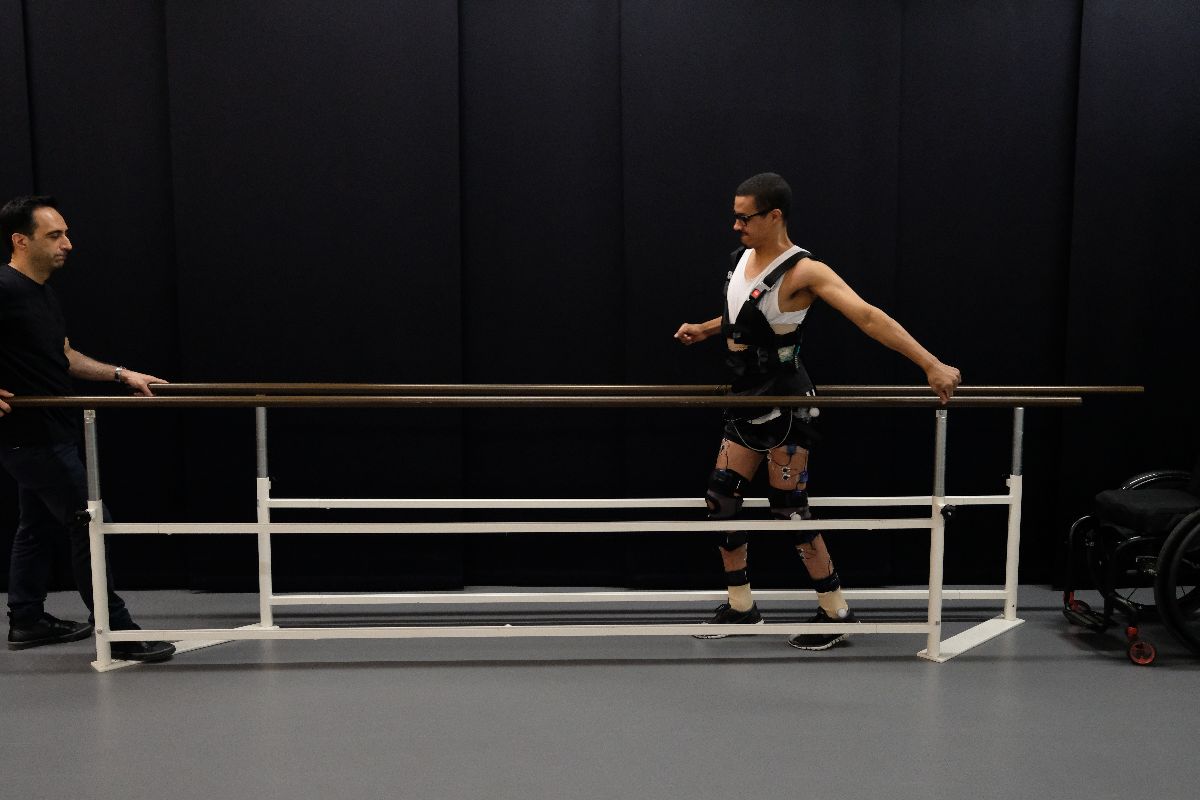One Small Step For Man, One Giant Leap For Paralysis Treatment
11:58 minutes

Once upon a time, there was very little hope for patients paralyzed by a spinal cord injury. The prevailing wisdom was that unless you could regenerate neurons across the spinal region of the injury these patients would never walk again.
Now researchers say that perspective is based on an outdated way of thinking about the role of the spinal cord in movement. A new technique that delivers an electrical signal directly to the spinal cord has given a handful of patients the ability to move again and, as reported in a new study out this week in the journal Nature, has allowed them to walk.
[Researchers reawaken limbs of patients after years of paralysis.]
That technique, called epidural electrical stimulation, was first used in humans to treat paralysis by Dr. Susan Harkema, a neuroscientist at the Kentucky Spinal Cord Injury Research Center at the University of Louisville. She joins Ira to discuss the rapid advances being made in treating patients with paralysis.
Susan Harkema is research director of the Frazier Rehab Institute at the Kentucky Spinal Cord Injury Research Center at the University of Louisville in Louisville, Kentucky.
Katie Feather is a former SciFri producer and the proud mother of two cats, Charleigh and Sadie.